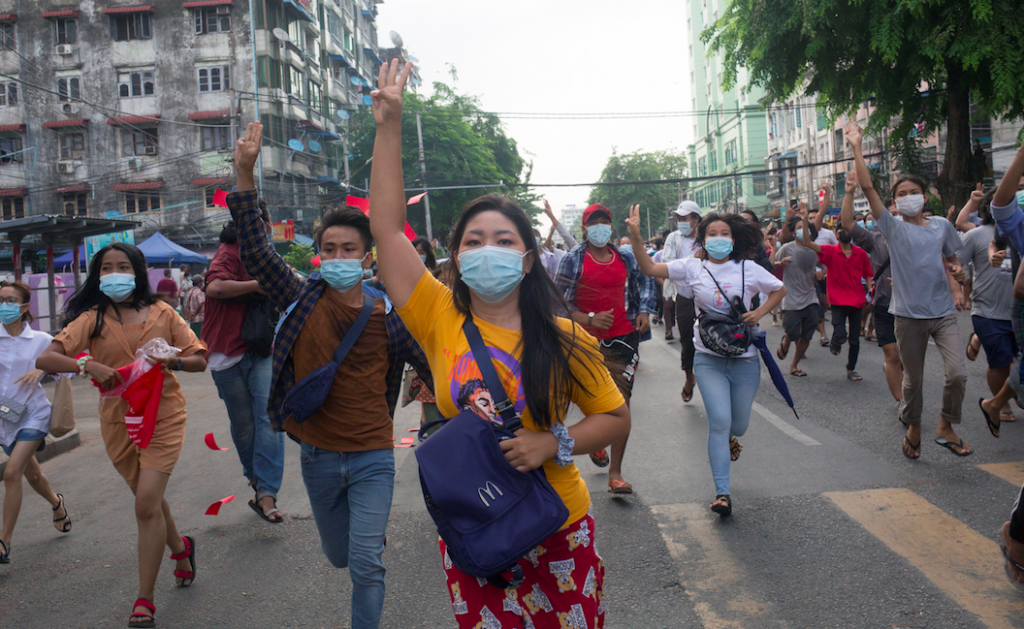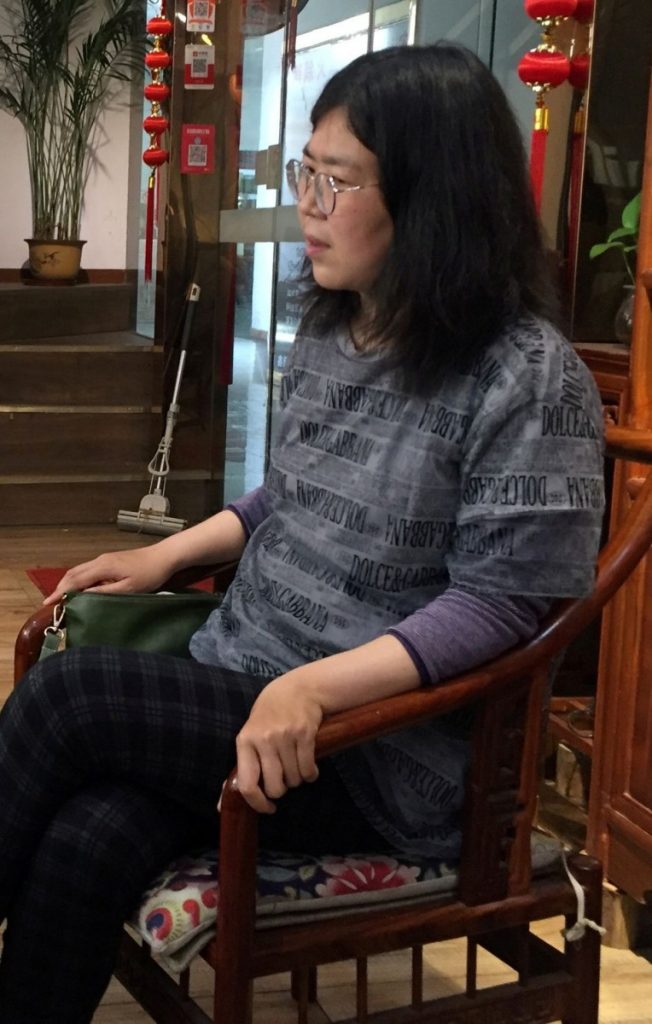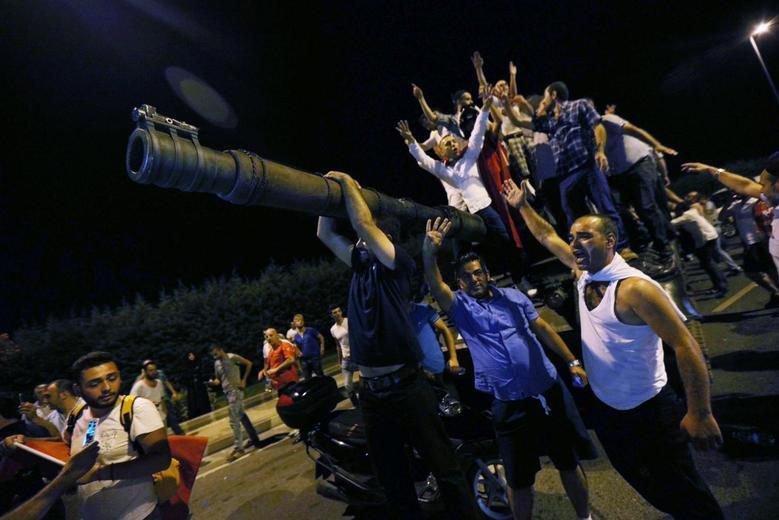Record High Number of Journalists Behind Bars or Killed This Year: Report
New Delhi: A record 293 journalists remain jailed for their work across the globe as of December 1, 2021 according to the Committee to Protect Journalists’ (CPJ) annual census on journalists imprisoned or killed. This year also marks the sixth consecutive year where over 250 journalists were behind bars.
The Committee’s report, authored by its editorial director Arlene Getz, also noted that at least 24 journalists were killed in relation to their reportage while 18 other casualties were recorded, although it cannot as yet be confirmed whether they were targeted specifically for their work.
Of these casualties, three are from India: BNN News’s Avinash Jha, killed in Bihar for allegedly uncovering the medical mafia operating in his neighbourhood; Sudarshan TV’s Manish Kumar Singh, and Pulitzer-prize winning Reuters photojournalist Danish Siddiqui, who the US media reported as being executed by the Taliban after seizing control of Afghanistan.
China retains its place as the global leader in imprisoning journalists for the third year in a row, having 50 scribes behind bars as per the report. Myanmar comes in at a distant second with 26 jailed journalists – seeing, however, a dramatic increase from having no journalists recorded as being jailed in the country in 2020’s edition of the report – on account of February’s military coup which ousted the elected Aung San Suu Kyi government.

Anti-coup protesters flash the three-finger salute during a flash mob protest in Yangon, Myanmar June 3, 2021. Photo: Reuters/Stringer
Egypt, Vietnam and Belarus make up the rest of the top five jailers.
Also read: Myanmar: Aung San Suu Kyi Jailed for 4 Years for 'Inciting Unrest', Breaking COVID Rules
It is important to note here that the CPJ’s report accounts for only the number of reporters behind bars as of 12:01 pm on December 1 and not the journalists who were incarcerated but released throughout the course of the year. Journalists remain on the Committee’s list until it can confirm that they have either been released or have died in custody.
Authoritarian regimes coming down on free press
While specific precipitating factors account for the increase in the number of jailed journalists in some countries, such as Myanmar’s Junta seizing power or Ethiopia’s civil war, led by the Tigray People’s Liberation Front (TPLF), the CPJ report highlights a disturbing trend contributing to the shrinking space afforded to independent media across the world: "emboldened autocrats".
As the world was preoccupied with dealing with the COVID-19 pandemic, autocratic rulers, according to CPJ, sought to consolidate power and come down hard on dissidents and political opponents; be it in Belarus, China or even in India. Internet shutdowns, sophisticated spyware and more such tools reinforced the arsenals used to suppress the voices that questioned them.
Ranked fifth on the list, Belarus under Aleksandr Lukashenko showed scant regard for public opinion, the report notes, exemplified by its decision to divert a commercial flight to arrest dissident journalist Raman Pratasevich and even arrest a civilian for sporting a football jersey with the number 25 on it. The number belongs to one Alexander Ivulin, a sports journalist for independent publication Tribuna and player of FC Krumkachy who is serving four years in prison for “grossly violating the public order”.
Despite ranking only 13th in the CPJ’s report, India under Modi has been prolific in its use of tools to suppress dissent and narratives that don’t align with those of the ruling party. Internet shutdowns were employed during the farmers’ protests – the biggest showing of dissent against the Modi government in recent years – as well as in Kashmir, ever since the reading down of Article 370 in 2019, which are still being arbitrarily used to this day.
Moreover, several Indian journalists and activists were discovered to have the NSO Group’s Pegasus spyware on their phones; spyware which, according to the manufacturer itself, can only be purchased by “authorised governments”. Investigation into allegations that the Indian government used this spyware are ongoing.
Also read: Kashmir Residents Are Now Facing Unannounced, Unaccounted for Internet Restrictions
The Modi government’s suppression of dissent has been criticised by numerous international rights organisations for the various dimensions in which they are enforced, one of which was its treatment of Twitter this year ever since the new Information Technology (Intermediary Guidelines and Digital Media Ethics Code) Rules were introduced.
Twitter was strong-armed into removing content that didn’t agree with the official narrative and harassed for flagging manipulated content being shared by members of the ruling party. What’s more, other provisions of these new IT rules flew in the face of individuals’ right to privacy by forcing social media intermediaries to identify “first originators” of problematic content.
Even in the face of criticism for its arbitrary detentions and violations, the ruling party remains steadfast in rubbishing these claims and painting itself as the victim of undeserved ire. Backed with a strong pro-government media machinery ready to defend the official narrative from attacks even from comedians, the Modi government hardly needs to arrest journalists to keep dissent at bay.
Also read: If a Comedian Can Be Arrested for a Remark He Didn't Make, Is the Joke on Us?
The worst offenders
China retained its familiar top spot when it comes to imprisoning journalists. Zhang Zhan, the 37-year-old citizen journalist whose reports from Wuhan during the early days of the coronavirus pandemic contrasted the official narrative with pictures of crowded hospitals and empty streets, was sentenced to four years in jail in December, 2020, where she has remained since.

Citizen-journalist Zhang Zhan is seen in Wuhan, Hubei province, China in this handout picture taken on May 3, 2020. Photo: Handout via Reuters.
She was arrested for “picking quarrels and provoking trouble”, an oft-enforced charge against dissidents in the country. Zhan has been on hunger strike in the recent past and, according to her family, is currently “close to death”. She has also been nominated for the Reporters Without Borders (RSF) press freedom award for courage.
Additionally, China took to arresting citizens who were believed to have sent material to the Epoch Times. While these individuals have not been included in the CPJ’s census since they are not journalists by profession, their arrests show the expansion of official suppression of dissent in the country.
The CPJ report noted that China’s clamp-down on journalists was also expanded through the implementation of the 2020 National Security Law for Hong Kong in light of the pro-democracy protests erupting in the state in 2019. Among its many draconian provisions were lifetime imprisonment for crimes of secession and subversion of state power, ten-year jail terms for protests if foreign links could be established and that mainland agents would not be answerable to local authorities while carrying out their duties.
Myanmar’s jump up to the second position of the list becomes especially troubling in light of the gains made by the independent media under the Suu Kyi government, the report notes. The figure of 26 jailed journalists does not fully encompass the extent of media suppression considering many journalists were released prior to the Committee’s census deadline after having been in prison for months. Moreover, reports suggest that several individuals who have as yet not been identified as reporters are behind bars.
American journalist Danny Fenster was among those arrested and charged with sedition and terrorism for his work as an editor with independent news outlet Frontier Myanmar and was sentenced to 11 years in jail. He was later released and returned home to the US.
Egypt follows Myanmar on the CPJ’s list with 25 journalists currently in jail. While this figure represents a decline from last year, the Abdel Fattah el-Sisi government continues to circumvent the country’s laws to prolong the detentions of journalists, according to the report.
The report provides the example of photojournalists and winner of the CPJ Press Freedom Award, Mahmoud Abou Zeid who, despite being released from prison in March, 2019, has spent every night since in prison. Since he was released under “police observation”, he is required to report to a police station every evening for the next five years. Every evening since his release, the police have determined that he must spend the night in jail.
Thus, while Egypt has certain legislations in place to limit detentions, the authoritarian government continues to find work arounds and additional charges to prolong these detentions to the best of their ability.
Even in the scarce improvements, there’s more than meets the eye
Certain countries with poor track records when it comes to imprisoning journalists have ostensibly made improvements. Turkey, for example, which occupied the highest spot in the 2016 and 2017 editions of the CPJ report with 81 and 73 detained journalists in those years respectively stands at a relatively modest sixth place with 18 jailed journalists.
However, as the CPJ report mentions, it would be “naive” to see this decline as the ruling government’s change of heart. Following the failed coup against the Erdogan government in 2016, the country came down severely on the media and other dissidents, shuttering hundreds of media houses and state confiscations of hundreds of businesses.

People stand on a Turkish army tank at Ataturk airport in Istanbul, Turkey July 16, 2016 during the failed military coup. Photo: Reuters/Huseyin Aldemir.
Add to this the fact that the government has allowed several journalists out of prison on parole as they await trial or appeal outcomes, as noted in the CPJ report, the picture of improvements in the state of independent media in the country are proved false.
A similar situation exists in Saudi Arabia. While it takes up the eighth place on the CPJ’s census with 14 journalists currently behind bars, journalists in the country remain silent of their own accord following the exemplary killing and dismemberment of dissident journalist Jamal Khashoggi in 2018 and several detentions in 2019.
In addition to this, the use of internet shutdowns and the alleged use of Pegasus spyware by the state have effectively crippled a free media in the Middle-Eastern nation, precluding the need to arrest or detain more journalists.
Also read: French Police Arrest Suspected Killer of Journalist Jamal Khashoggi
Journalists’ deaths
In a year where press freedom was stifled to a never-before seen degree, 19 journalists were murdered in retaliation for their work, according to the CPJ report, compared to last years total of 22 casualties. Additionally, three journalists lost their lives reporting from conflict zones and two were killed while covering protests which turned violent.
Mexico was among the deadliest countries for reporters seeing three of them killed for their work. Six other deaths are currently being investigated by the CPJ to see if they were related to their coverage.
India recorded four such killings while a fifth died while covering a protest.
This year, like the last, represented a new high in the number of journalists jailed or murdered for their work, something which is quickly becoming a yearly trend.
This article went live on December ninth, two thousand twenty one, at thirty-one minutes past ten in the morning.The Wire is now on WhatsApp. Follow our channel for sharp analysis and opinions on the latest developments.




